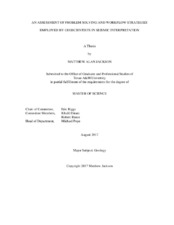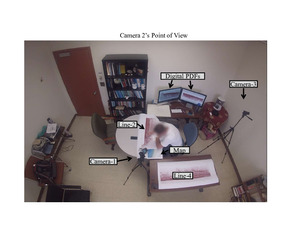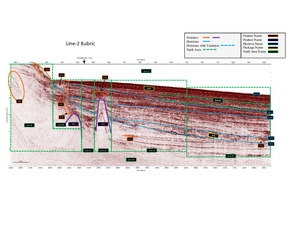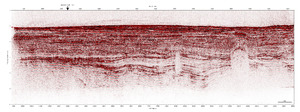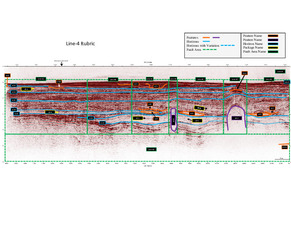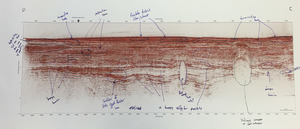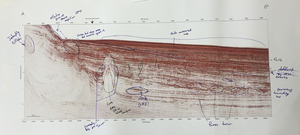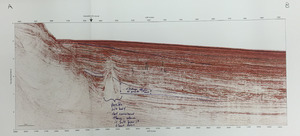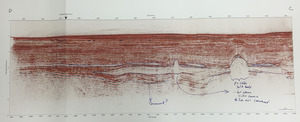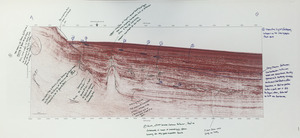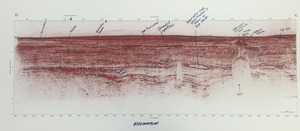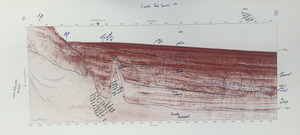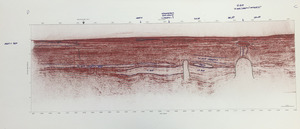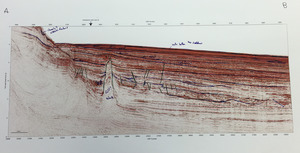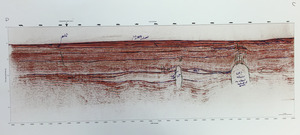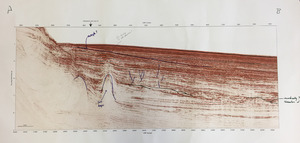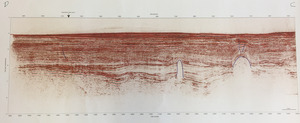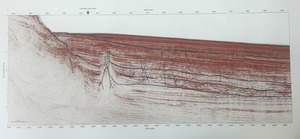| dc.description.abstract | This study was designed to advance understanding of the interactions, strategies, and techniques graduate geoscientists employ in the process of 2D seismic interpretation. This qualitative study was designed to record pre-professional, experienced participants in order to develop insights into emerging expert behavior in this task. Videos of participants were coded for co-occurrences of features that were identified by participants, the markings participants made, the order of common features among participants, physical interaction with the images, and time use between the different exercises resources provided to participants during interpretation. Information was also collected with a background survey and through interviews in order to gain insight into participant’s experience with seismic interpretation. This information was used to place participants into different levels of experience and showed that participants have a limited ability to self-assess their experience. Trends in the data were searched among the different experience groups. Our results show that the lowest expertise group uses a less holistic approach with the available resources and is more hesitant to use written observations during their exercise. The high and medium-experience groups also employed techniques that the low experience group did not to help them asses the seismic data set. Additionally, this study was able to show and categorize the common elements among participants’ interpretations, and offer a method to capture workflow strategies. Workflows were found to be variable and methods should be created to capture thought processes during interpretation. The insights from this study will help guide future research to probe the practice of seismic interpretation, with the hope to improve the efficiency of training geoscientists in seismic interpretation | en |


